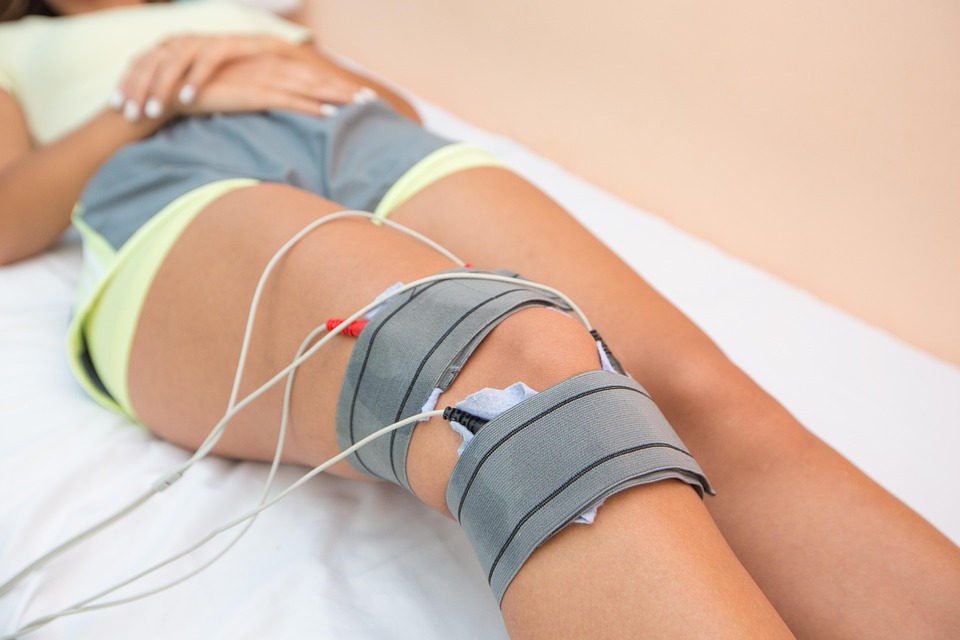Weight management is a significant health concern for many individuals, especially as obesity rates continue to rise globally. Among the various methods to assist with this challenge, GLP-1 weekly injections have emerged as a powerful tool. This guide explores what GLP-1 is, how it works, its benefits, and important considerations for those considering this treatment for weight management.
What is GLP-1?
GLP-1, or Glucagon-like peptide-1, is a hormone produced in the intestine that plays an essential role in regulating appetite and blood sugar levels. It is naturally released in response to food intake, promoting insulin secretion and inhibiting glucagon, which helps decrease blood sugar levels. Additionally, GLP-1 slows gastric emptying, leading to increased feelings of fullness and reduced hunger.
How GLP-1 Injections Work
GLP-1 injections are synthesized medications that mimic the actions of the hormone. These medications are typically administered once weekly and work through several mechanisms:
-
Increased Satiety: By activating GLP-1 receptors in the brain, these injections help individuals feel full sooner, which can lead to reduced calorie intake.
-
Blood Sugar Control: By enhancing insulin secretion, GLP-1 injections help maintain stable blood sugar levels, which is particularly beneficial for individuals with type 2 diabetes.
-
Reduced Appetite: These injections signal the brain to reduce hunger, making it easier to adhere to a healthy eating plan.
Benefits of GLP-1 Weekly Injections
Effective Weight Loss
Studies have shown that individuals using GLP-1 weekly injections can achieve significant weight loss, often ranging between 5% to 15% of their initial body weight. This effect, combined with a healthy diet and exercise, can lead to meaningful lifestyle changes.
Improved Metabolic Health
Beyond weight loss, GLP-1 injections have been associated with various metabolic health benefits:
-
Lower Blood Sugar Levels: For those with type 2 diabetes, GLP-1 injections can lead to improved glycemic control, reducing the need for additional diabetes medications.
-
Cardiovascular Health: Some studies indicate that GLP-1 receptor agonists can reduce the risk of certain cardiovascular events, making them a valuable option for individuals at risk.
Convenience
Administered once a week, GLP-1 injections can be more manageable for individuals who have busy schedules or find daily medication regimens challenging. This convenience can improve adherence to the treatment plan.
Who Should Consider GLP-1 Injections?
GLP-1 injections may be ideal for individuals who:
- Struggle with weight management and have a body mass index (BMI) of 30 or higher.
- Have a BMI of 27 or higher with weight-related health issues such as hypertension or type 2 diabetes.
- Have not achieved desired weight loss through diet and exercise alone.
Consultation Is Key
Before starting any treatment, consulting with a healthcare professional is crucial. They will evaluate individual health conditions, potential contraindications, and other medications being taken to ensure the safety of GLP-1 therapy.
Potential Side Effects
While GLP-1 injections offer several benefits, they are not without potential side effects. Common side effects may include:
- Nausea: Many individuals experience mild to moderate nausea, especially after starting the medication or increasing the dosage.
- Vomiting: In some cases, nausea may progress to vomiting.
- Diarrhea or Constipation: Gastrointestinal issues can occur, but they often subside over time.
- Injection Site Reactions: Some people may experience redness or swelling at the injection site.
Severity and Management of Side Effects
Most side effects are temporary and diminish as the body adjusts to the medication. However, it’s essential to communicate any concerning symptoms to your healthcare provider.
Lifestyle Considerations
Nutrition and Exercise
While GLP-1 injections can support weight loss, they work best when combined with a balanced diet and regular physical activity. Here are some tips for success:
-
Balanced Diet: Focus on whole foods such as fruits, vegetables, whole grains, lean proteins, and healthy fats. Limiting processed foods and sugary drinks can enhance the effectiveness of GLP-1 treatment.
-
Regular Exercise: Aim for at least 150 minutes of moderate-intensity aerobic activity or 75 minutes of vigorous activity per week, along with muscle-strengthening exercises on two or more days.
Monitor Progress
Keeping track of weight loss progress, blood sugar levels, and overall well-being can help in adapting lifestyle changes. Regular follow-up appointments with your healthcare provider can provide additional support and adjustments to your treatment plan as needed.
Conclusion
GLP-1 weekly injections represent a promising solution for individuals struggling with weight management, especially those with type 2 diabetes. By mimicking the effects of natural GLP-1, these injections help control appetite, improve metabolic health, and facilitate weight loss. However, they are not a standalone solution. Achieving long-term success requires commitment to dietary changes, regular exercise, and ongoing support from healthcare professionals.
If you think GLP-1 injections might be a fit for you, discuss this option with your healthcare provider. They can help you navigate your weight management journey effectively, ensuring a healthier and happier you.
Call to Action
Ready to take the next step in your weight management journey? Consult with a healthcare professional today to explore if GLP-1 weekly injections are right for you!
This article provides an informative overview of GLP-1 weekly injections for weight management, utilizing key SEO strategies to enhance visibility and readability. By addressing various aspects of this treatment, readers can better understand its potential benefits and how it fits into their overall health strategy.








 Weight Loss, Unlocked.
Weight Loss, Unlocked.